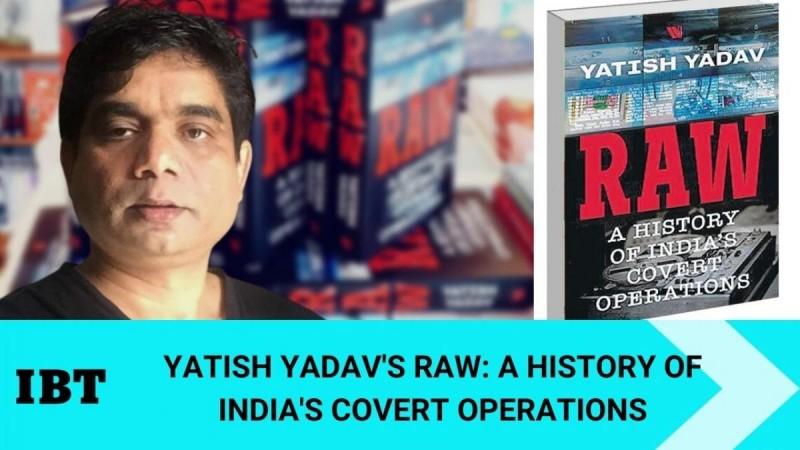Indian investigative journalist Yatish Yadav, through his new book, talks about how RAW recruited close aides of Iranian President Rafsanjani to dismantle Pakistan's evil propaganda war. In the book, Yadav reveals how India had always followed the policy of non-alignment and talk about the India-US-Shah ties were part of a propaganda war launched by inimical forces including Pakistan to widen the rift between India and Iran.
India's relationship with Iran turned hostile after Ayatollah Khomeini-led movement forced the Shah of Iran in 1979 to step down and seek shelter elsewhere to survive. Once a close friend, Iran then viewed India as a power that had supported the Shah's rule and was siding with the USA and other western powers. This walled the Indian diplomats for almost four years, which is when the Indian spy agency stepped in to salvage the situation and had recruited several key aides of Akbar Hashemi Rafsanjani, then the head of Majlis who later took over as Iran's 4th President in 1989, Yadav writes in his book.
Yadav's book also talks about how India's woes were compounded by Iraq's invasion of Iran in September 1980 and the relationship turned worse after Ayatollah Khomeini appointed Ali Khamenei as the President of Iran in 1981.

"Vipul said Khamenei was not only the president of Iran but also influenced society as Tehran's Friday prayers leader. India had very insignificant links with Khamenei's opposition led by Akbar Hashemi Rafsanjani, who was also head of the assembly known as Majlis. He was busy with internal power tussles and several attempts to approach him had been futile. Rafsanjani had said that America continued to be Iran's enemy," the book revealed.
The RAW in January 1985 launched the operation from Damascus and took the help of an asset codenamed Hayyan, who worked in Syrian President Hafez al-Assad's Ba'ath Party regime, the book revealed.
The book also described that between September and November 1985, RAW spy codenamed Vipul Chandra and Hayyan made 39 clandestine trips to Syria, Lebanon, Iraq and Afghanistan in their effort to recruit Shia leaders close to the Iranian regime.

Yadav also writes about a meeting in November 1985, Shirazi, Hakim, Hayyan and Indian spymaster Vipul hosted Rafsanjani's man, Farhad, in Netherlands, who then insisted on a meeting with then RAW chief, G.C. Saxena.
"The Frankfurt meeting was held sometime in mid-December 1985, organised with the help of Hakim and Shirazi. The RAW chief told Farhad that the Indian government was deeply committed to a bilateral relationship and whatever misconception had been spread about the India-Iran relationship by inimical countries including Pakistan was far from the truth. He also told Farhad that Vipul carried the word of the government of India and they should not suspect his authority. Farhad did not commit anything. But he assured them he would pass the message to Rafsanjani," Yadav wrote.
Later in March 1986, Rafsanjani, for the first time, gave a personal audience to an Indian diplomat owing to this outstanding operation carried out by the RAW. The diplomat informed the MEA about the meeting and passed on an assurance that an Iranian ministerial-level delegation would soon visit India. It was a historic moment when the Iranian Foreign Minister Ali Akbar Velayati visited India in August 1986 for bilateral talks.
This eventually led to informal discussions on the sidelines of a United Nations meeting.














